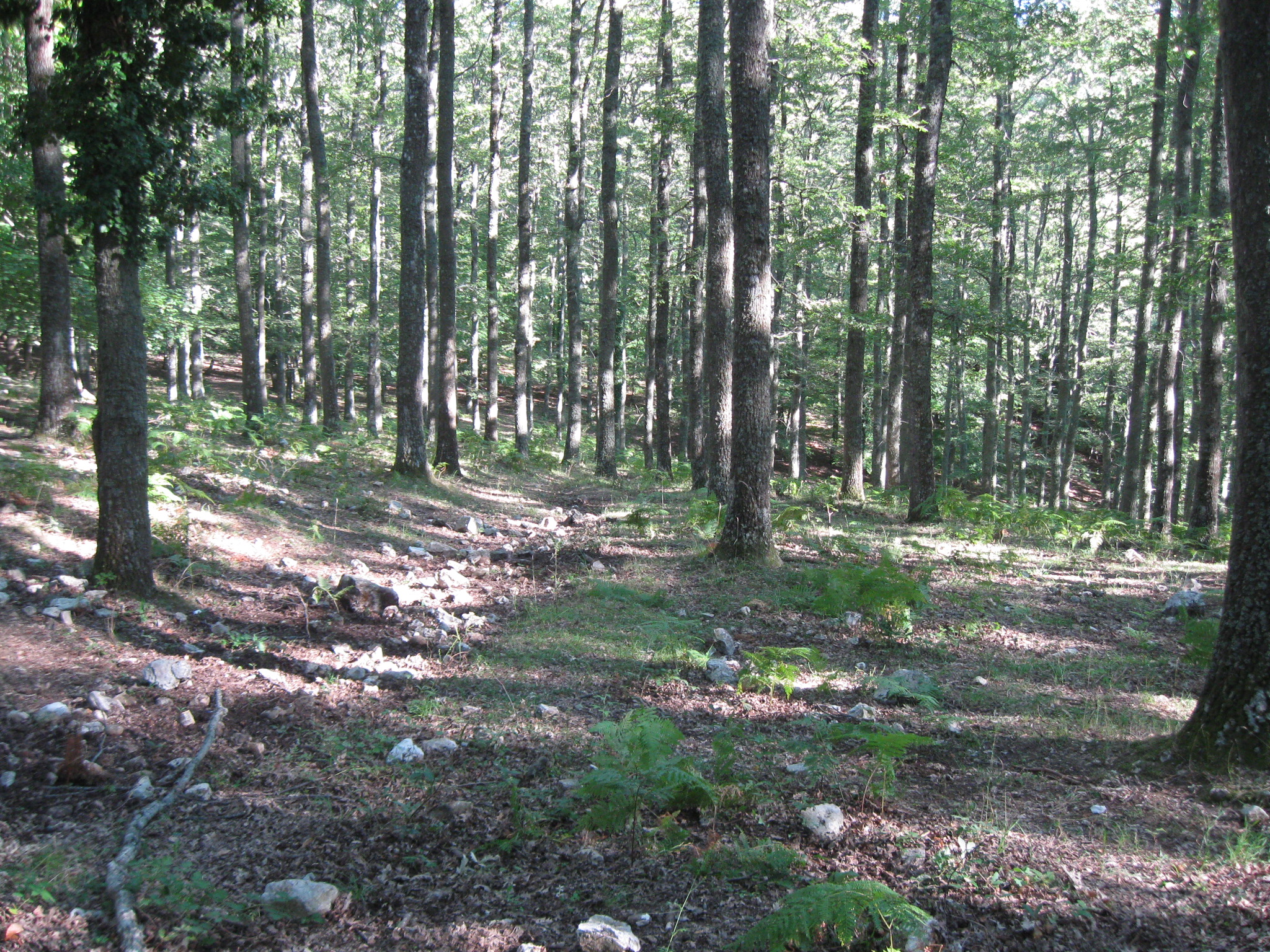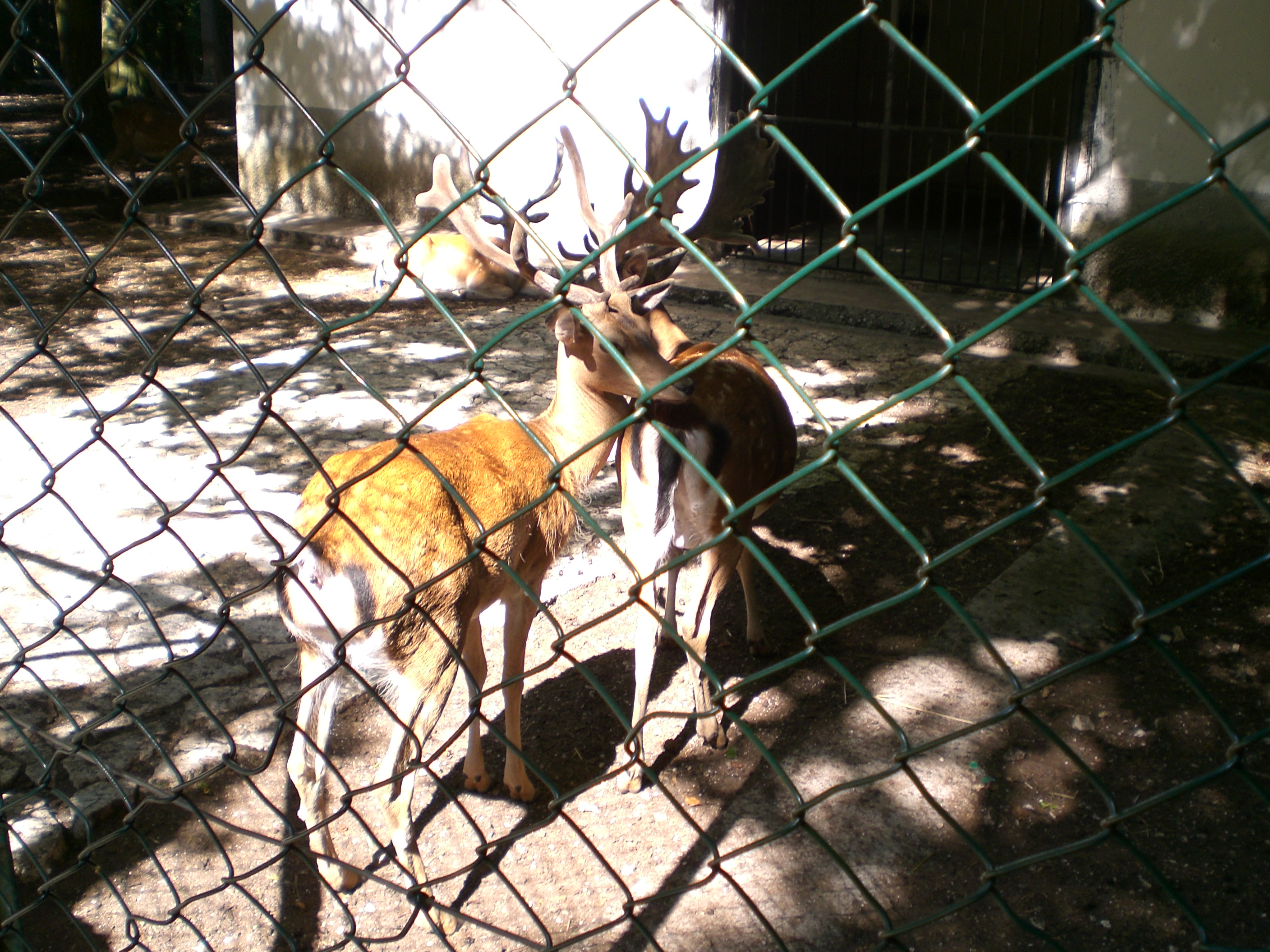
Umbra Forest
This post is also available in:
 Italiano (Italian)
Italiano (Italian)
The Umbra Forest is in the Gargano Park, at an altitude of 2.729 ft. According to several sources, its name comes from the ancient Umbrian populations who dwelled inside the forest; on the other hand, the name may simply come from the abundance of shady areas, where the rays of the sun cannot pierce the “Umbra” (“shadow”), nor the tick vegetation.
The Umbra Forest covers about 3.706 acres and extends into the heart of the Gargano promontory; as already mentioned, the forest is also part of the Gargano National Park which covers an area of more than 292.000 acres.
This forest has a thousand-year-old history despite the reckless interventions of man who have often damaged it.
The Umbra Forest is divided into four zones:
Zone A – the innermost part; it cannot be accessed and it’s where wild animals reproduce;
Zone B – uncontaminated, only accessible by following some strict rules, avoiding to annoy the animals and making very little noise;
Zone C – where there is more freedom of movement; motor vehicles are allowed;
Zone D – it’s where the municipalities included in the forest territory are located.
The fauna, rich and variegated, is mainly represented by Gargano roe deers, badgers, wild cats, and many birds, including woodpeckers, eagle owls and numberless species of passerines.
The Umbra Forest is an excellent destination for birdwatching enthusiasts and botany scholars. The Forest is also very popular among nature photographers.
Flora
At the forest maximum height (2.723 ft.), there are broad-leaved trees such as black and white hornbeams, maples, holm oaks and downy oaks. Up to 885 ft., there are beech woods, while the undergrowth features many species of herbaceous flora, orchids and anemones, as well as cyclamen and violets.
Among the most important tree specimens, there is a Turkey oak (Quercus cerris) opposite a convent of Franciscan friars, which should have been planted by Fra ‘Nicola da Vico, who died in 1719; this oak reaches a height of 164 ft. And features a circumference of 16.4 ft.
In Zappino dello Scorzone, there’s an Aleppo pine (Pinus halepensis) some 700 years-old. Between Peschici and San Menaio, there’s the true patriarch of the forest: a beech tree (Fagus sylvatica) with a diameter of 6.56 ft. and a height of more than 131 ft. This impressive specimen is actually located in Dispensa.
It goes without saying that the beech is undoubtedly the most important and representative tree of the Umbra forest: 84% of it is, in fact, made of those very plants that can reach the height of 115 ft.; they feature a straight and branchy trunk with a very thick and compact crown.
A very old beech forest like this one retains a priceless scientific value, therefore it was included in the UNESCO world heritage list in 2017.
Inside this wondrous forest (in Mount Sant’Angelo area), there is also the very “Beech of the Umbra Forest”, also known as the “Beech of the Baracconi”, with twisted and leafy branches.
It is one of the 74 monumental trees of Puglia and a true testament to the ancient beech forests of the Gargano promontory.
Fauna
The forest is also home to a very rich and variegated fauna, including the “roe deer italicus”: this species is rather shy and mainly feeds on shoots from the dense undergrowth; the coat thus takes on a reddish-rusty colour in spring, turning brown-grey in winter.
Other mammals include badgers, wild cats, and stone martens.
As a Protected Nature Reserve, the forest is also home to many bird species like woodpeckers (great spotted woodpeckers and lesser red woodpeckers), sparrow hawks, eagle owls, and tawny owls. There are also many species of passerines nesting in the forest, such as collared flycatchers and hawfinches.
Trekkers and leisure walkers may explore this little piece of paradise on Earth, enjoying 14 easy paths created and maintained by the State Forestry Corps.
Worth Knowing:
In Vico del Gargano, a town nestled between the sea and the Umbra Forest, there’s “Il Trappeto”, an ancient oil mill transformed into a restaurant without altering its centuries-old structure; only the millstones have been replaced with a glass top. Typical local delicacies are served.
Worth Tasting:
Among the typical products of this area, there is fresh pasta such as “orecchiette” with olive leaves”, “struffoli”, “paposcia” and “cavicione d’Ischitella”: the latter is an Easter recipe from a very poor but incredibly tasty cuisine.
This post is also available in:
 Italiano (Italian)
Italiano (Italian)
Contatti
Ente Parco Nazionale del Gargano, Via Sant'Antonio Abate 121 - 71037 Monte Sant'Angelo(FG)
0884 560944
urb.forestaumbra@corpoforestale.it

